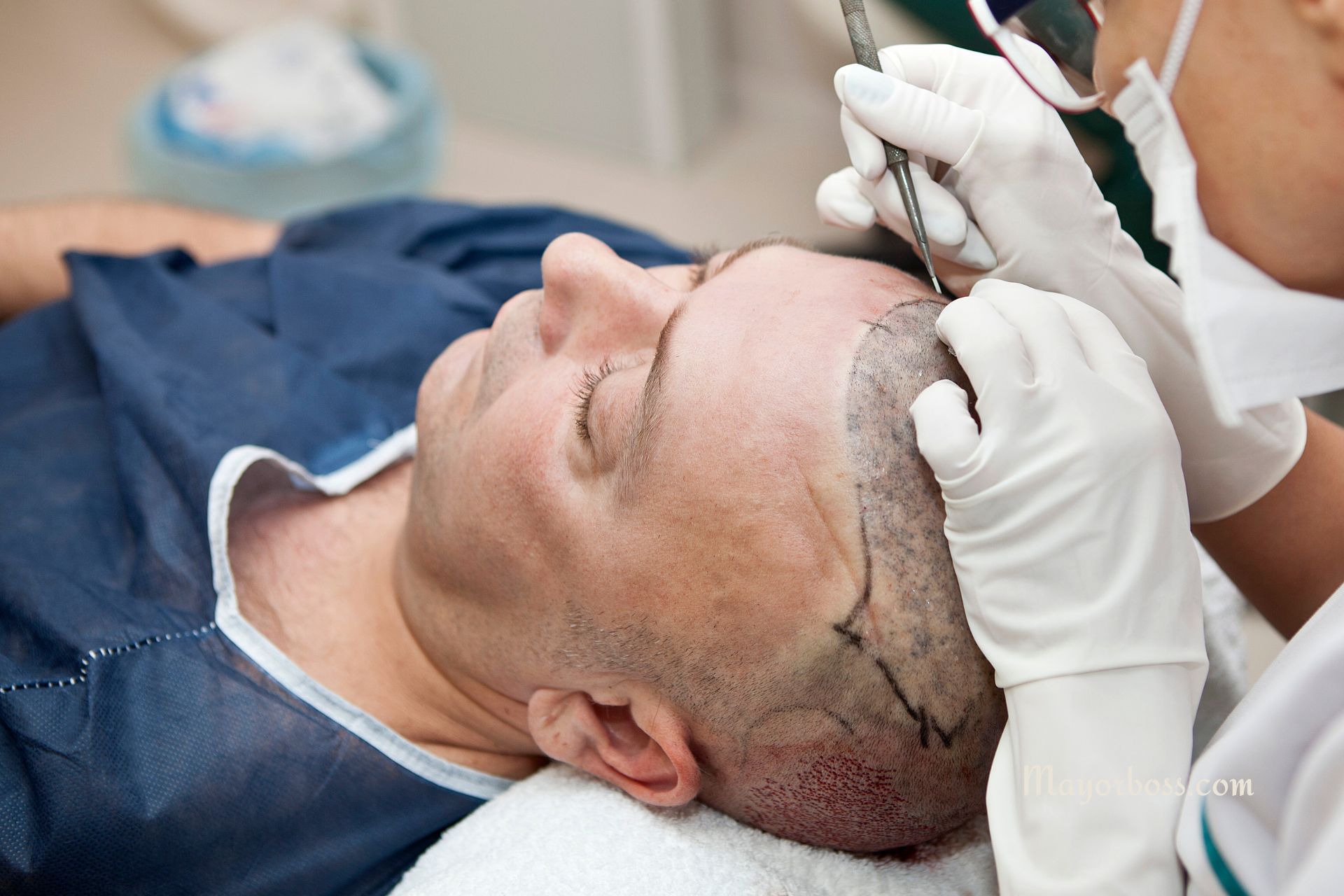How Much Does a Hair Transplant Cost?
Hair transplants have become a popular solution for those looking to combat hair loss and achieve a fuller head of hair. However, before jumping into this cosmetic procedure, it’s crucial to understand not just the process but also the financial investment involved. The cost of a hair transplant can vary widely and is influenced by several factors that we’ll break into detail below.

Factors Influencing the Cost
1. The Type of Procedure
There are two main types of hair transplant procedures: Follicular Unit Transplantation (FUT) and Follicular Unit Extraction (FUE). FUT is generally less expensive than FUE because it’s less time-consuming and involves removing a strip of scalp from which to harvest hair follicles. On the other hand, FUE, which involves extracting individual hair follicles directly from the scalp, requires more precision and time, making it pricier.
2. The Extent of the Transplant
The more hair you need transplanted, the higher the cost. This is because it takes more time and more grafts (hair follicles) to cover larger areas of baldness or thinning.
3. Location and Clinic
Prices can vary significantly depending on where you live and the clinic you choose. High-demand areas with experienced surgeons often charge more. Additionally, clinics that specialize in hair restoration and use advanced technology might also have higher fees.
4. Surgeon’s Expertise
Surgeons with a lot of experience and a strong reputation in the field of hair restoration typically charge more for their services. Their expertise can ensure a more natural-looking and successful outcome, which many find worth the extra cost.
Average Cost Range For Hair Transplant
In the United States, the cost of a hair transplant can range from $3,000 to $16,000, sometimes even higher. This wide range reflects the variability in the factors mentioned above. It’s also worth noting that most insurance companies consider hair transplants a cosmetic procedure and, therefore, do not cover the costs.
Additional Costs to Consider
Beyond the initial procedure, there might be other costs involved in your hair transplant journey:
- Pre- and Post-Operative Care: Consultations, follow-up appointments, and any medications or special shampoos required for recovery.
- Travel Expenses: If you choose a clinic far from home, you’ll need to factor in travel and accommodation costs.
- Potential Future Sessions: In some cases, more than one session is necessary to achieve the desired density or to cover future hair loss.
Cost vs. Quality
While the cost is an important consideration, it’s also crucial to weigh the quality of the procedure. Opting for a cheaper option might save money upfront but could lead to unsatisfactory results or the need for corrective procedures later on, which can be more costly in the long run.
Frequently Asked Questions
1. Is financing available for hair transplants?
Many clinics offer financing plans or work with third-party lenders to help spread the cost over time, making the procedure more accessible.
2. Can I negotiate the price of a hair transplant?
Some clinics may offer flexibility in pricing, especially during off-peak times or for larger procedures. It never hurts to ask.
3. How long does a hair transplant last?
Hair transplants are considered permanent. The transplanted hair is resistant to the DHT hormone, which causes hair loss, meaning it should last a lifetime. However, you may need additional sessions if you experience further hair loss in other areas.
In conclusion, the cost of a hair transplant can be significant, but for many, the boost in confidence and satisfaction with their appearance makes it a worthwhile investment. Always conduct thorough research and consult with multiple clinics to find the best option for your needs and budget.
